Thirty years have passed since his death in 1995, but the figure of Hugo Pratt (Rimini, 1927 - Lausanne, 1995) continues to live on in the hearts of fans of comics, art and literature. Best known for creating the legendary Corto Maltese, Pratt influenced entire generations, succeeding in transforming comics into a recognized and respected art. Thirty years after his death and ahead of the centenary of his birth, the city of Siena is hosting the largest monographic exhibition ever dedicated to him, entitled Hugo Pratt. Imaginary Geographies.
From April 11 to Oct. 19, 2025, the Palazzo delle Papesse, a historic exhibition space in the city of Siena, becomes the venue for a journey into the Venetian master’s universe through 300 original works including drawings, watercolors, ink plates, sculptures and installations. The exhibition, produced by Opera Laboratori, is curated by Patrizia Zanotti and Patrick Amsellem of the Cong company, responsible for the enhancement of Hugo Pratt’s artistic legacy, with an installation designed by architect Giovanni Mezzedimi.
The exhibition is distinguished by its strong multimedia component, which allows visitors to get in touch with Pratt’s work in a completely innovative way. The rooms of the Palazzo delle Papesse host digital installations that enrich the exhibition itinerary, including film projections and movies. The entrance to the exhibition features a large bronze statue of Corto Maltese, created by Livio Benedetti, a French-Italian sculptor and friend of Pratt. The work, which measures two and a half meters in height and weighs more than 250 kilos, is a faithful replica of the statue that stands in Grandvaux, Switzerland, in the square named after Hugo Pratt himself.
“In this exhibition,” the curators explain, “we have tried to illustrate Pratt’s genius by exhibiting not only his famous comic strips and his extraordinary watercolors, but we have tried to tell the story of the origins and the continuous evolutionary path of this great cartoonist and storyteller.”
“This is the first,” explains Giuseppe Costa, Ceo of Opera Laboratori, “of a four-year journey resulting from the enhancement agreement signed with Cong. Our company, which specializes in exhibition design and production, has deployed the professionalism and skills of all its laboratories. A joint effort that confirms the capabilities of Opera Laboratori, which for years has been engaged in the enhancement of cultural heritage and the creation of exhibitions and events. The subtitle of the exhibition Imaginary Geographies, in addition to best representing the vast real and dreamlike universe told by Hugo Pratt through his works, is also a paraphrase of our work. If Corto Maltese, the decidedly most iconic character among those sprung from the master’s creativity, is a door-opener who stimulates curiosity and the desire to set out in search of new adventures, we - who are concerned with art and beauty in all their aspects - are ready to follow in his footsteps and embark on journeys to distant routes, authentic treasure islands in a sea, that of cultural heritage, which is still worth ploughing. We wish all visitors who explore the halls of our palace in the coming months a transformative journey.”
“For this reason,” Patrizia Zanotti and Patrick Amsellem point out, “the Venetian master’s creations remain fervently alive and are constantly being rediscovered and interpreted.”
“Pratt’s art of drawing,” Zanotti and Amsellem add, “serves this freedom of expression. His simple, clear lines are reduced to the essentials to reach the reader directly; his black and white is radical. The use of watercolor expands the imagination, making it poetic and tending toward the dreamy.”
“This exhibition,” the authors conclude, “wants to ideally lead visitors through seven doors that can be considered entrances and pathways into as many worlds of Hugo Pratt’s splendid imagery that surely stems from watching numerous films and reading many books. It also wants to pay tribute to a great artist of the 20th century, a true door-opener who led us with his stories on a journey that is almost a dream into the different worlds of his many interests awakening in us the true sense of adventure: the search for what is yet to come. It took another great intellectual of the twentieth century, Umberto Eco, to best define the essence of the great Venetian master: ’Pratt makes matter of adventurous narrative his own nostalgia for literature, and ours.’”
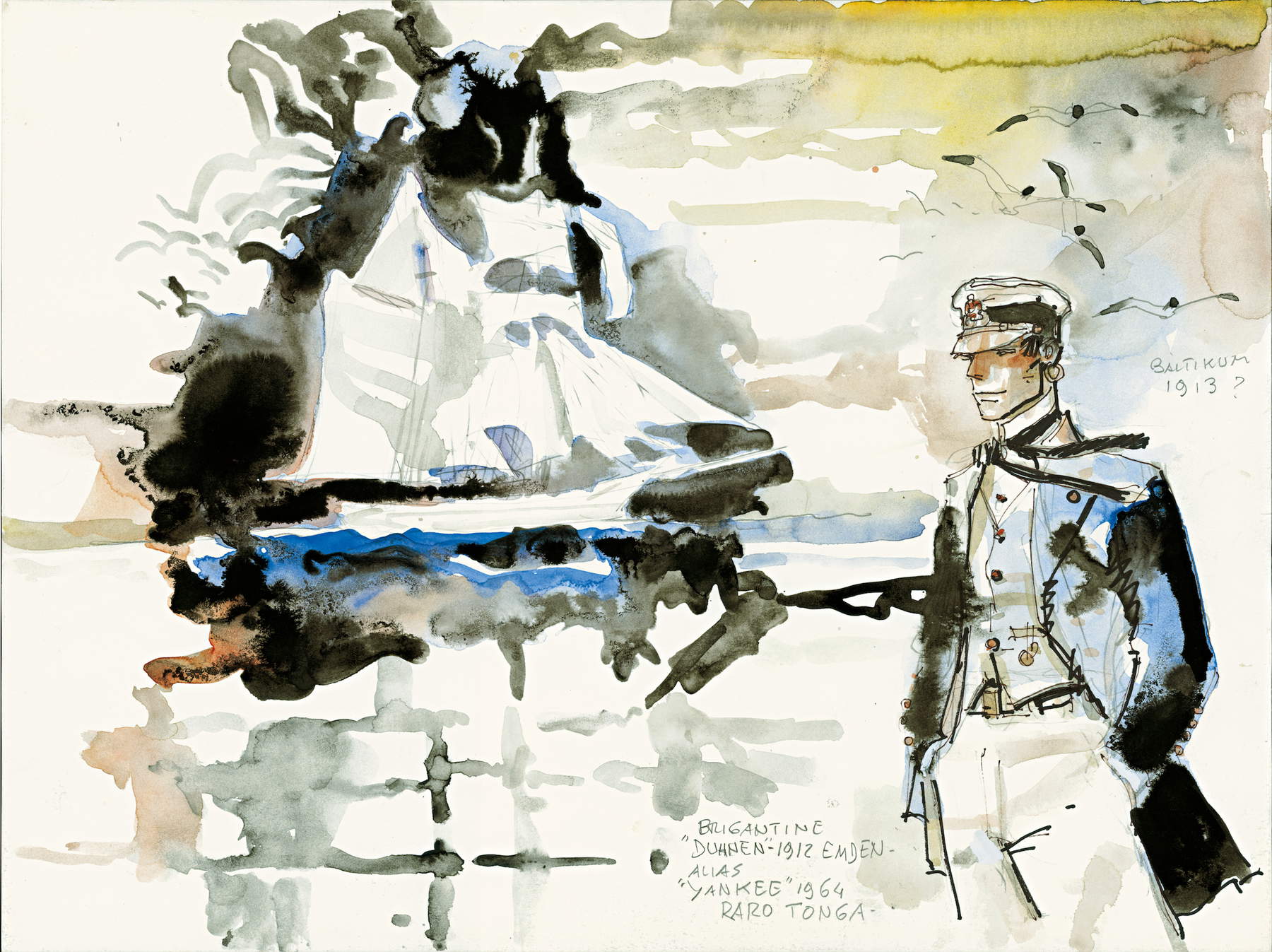
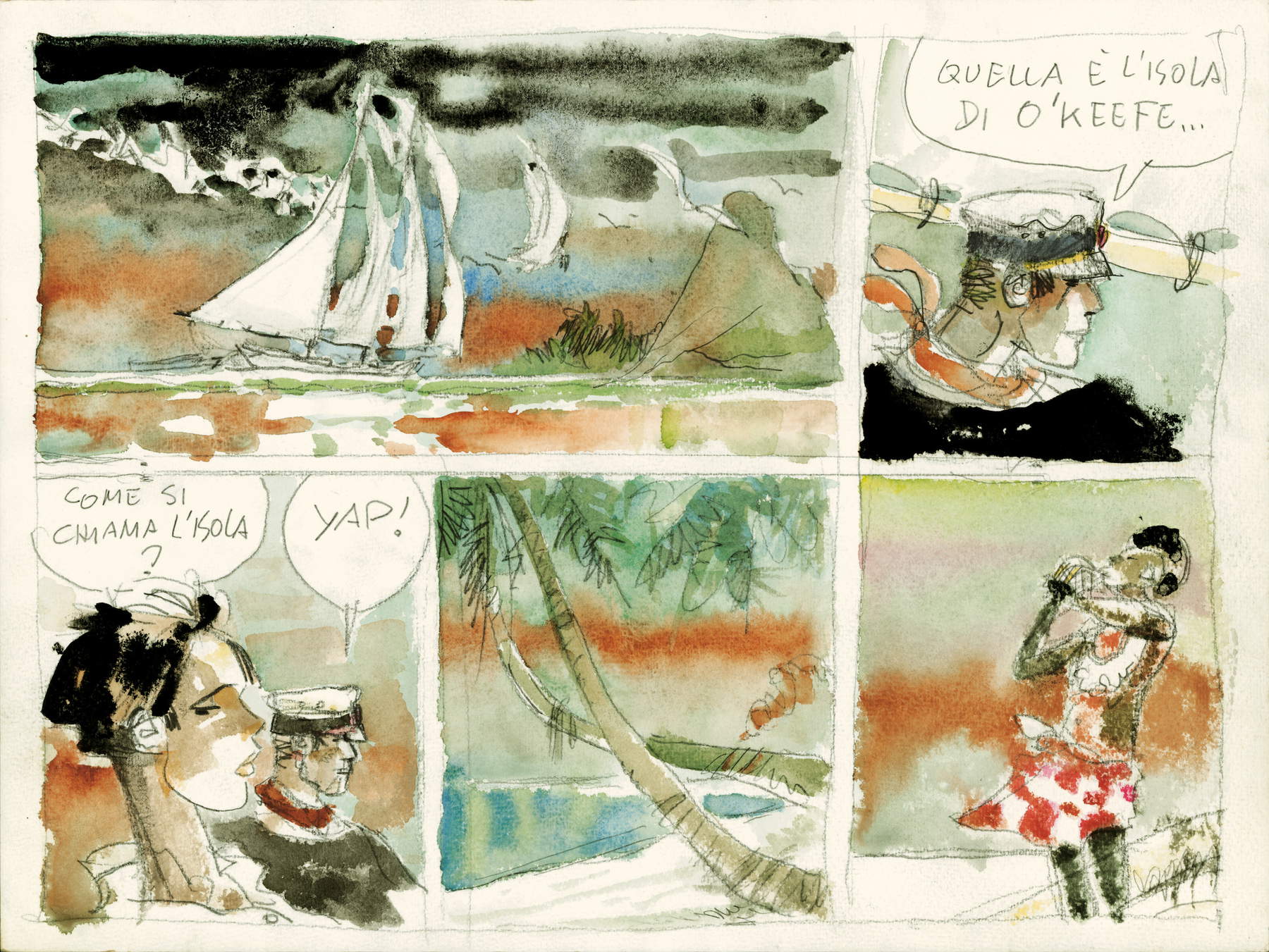
The heart of the exhibition is Pratt’s works, which recount not only the adventures of his famous character Corto Maltese, but also his worldview, influenced by his life experiences and his many travels. The exhibition is divided into several sections that trace the most significant stages of his career, from his youthful period, marked by a strong passion for cinema and literature, to his maturity, when Pratt became one of the undisputed masters of international comics.
One of the most fascinating sections of the exhibition is the one dedicated to Pratt’s library, which collected more than 17,000 books from all eras and genres. His passion for reading and knowledge emerges clearly in his stories, where literary references, from Stevenson to Kipling, Rimbaud to Rilke, are always present. These authors, and in particular Robert Louis Stevenson’s book Treasure Island, profoundly influenced the creation of Corto Maltese, a character who was born from a fusion of cinematic, literary and artistic suggestions.
A central aspect in Hugo Pratt’s work is the female figures. Strong, adventurous, romantic and independent women who often play extraordinary roles in Pratt’s stories. These women, like the heroines of his stories, share with Corto Maltese an unconditional love of freedom and a worldview that defies social conventions. The exhibition explores Pratt’s relationship with the female world, not only through his characters, but also through the women who were part of his life.
Another interesting aspect of the exhibition is the analysis of Pratt’s relationship with Pop Art, a movement that profoundly influenced his visual language. Between the 1960s and 1970s, Pratt began experimenting with large-format covers and silkscreen works, enlarging details of his drawings until they became abstract. The influence of artists such as Andy Warhol and Roy Lichtenstein is evident in this period, in which Pratt used the language of comics to create images with high visual impact.
In addition to the artworks on display, the exhibition offers a comprehensive experience that engages the visitor in an all-around way. On opening days, it is possible to participate in workshops dedicated to the drawing and poetics of Hugo Pratt, delving into the technique and language of comics. In addition, the Palazzo delle Papesse hosts a bistro cafeteria that offers a menu inspired by the places and flavors of Corto Maltese’s imaginary geographies, offering total immersion in the Pratt universe. For those who want an even more complete experience, there are guided tours of the exhibition route and the Palazzo, with the opportunity to also discover the Renaissance courtyard and the altana, a privileged place to admire the city of Siena and its surroundings.
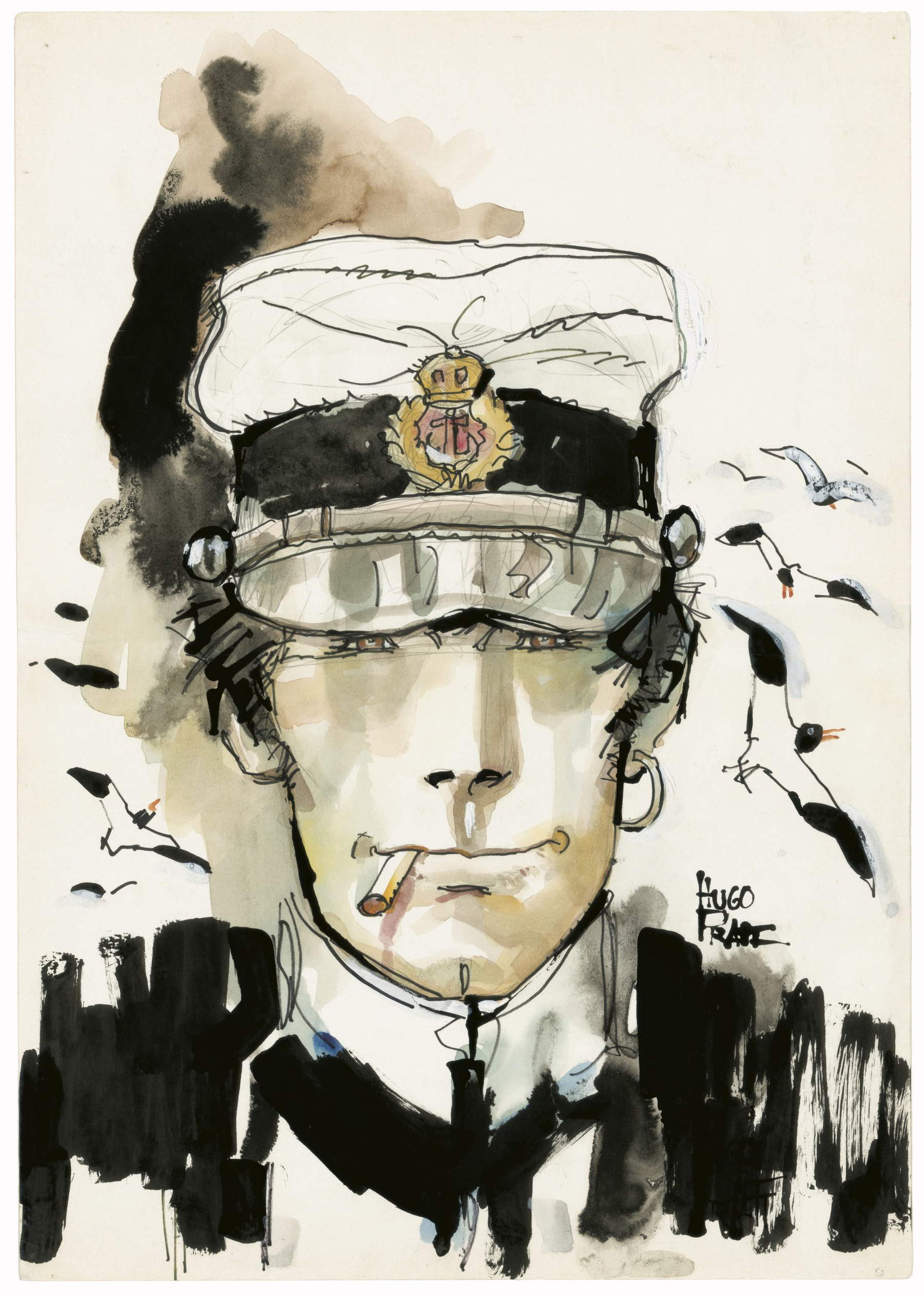
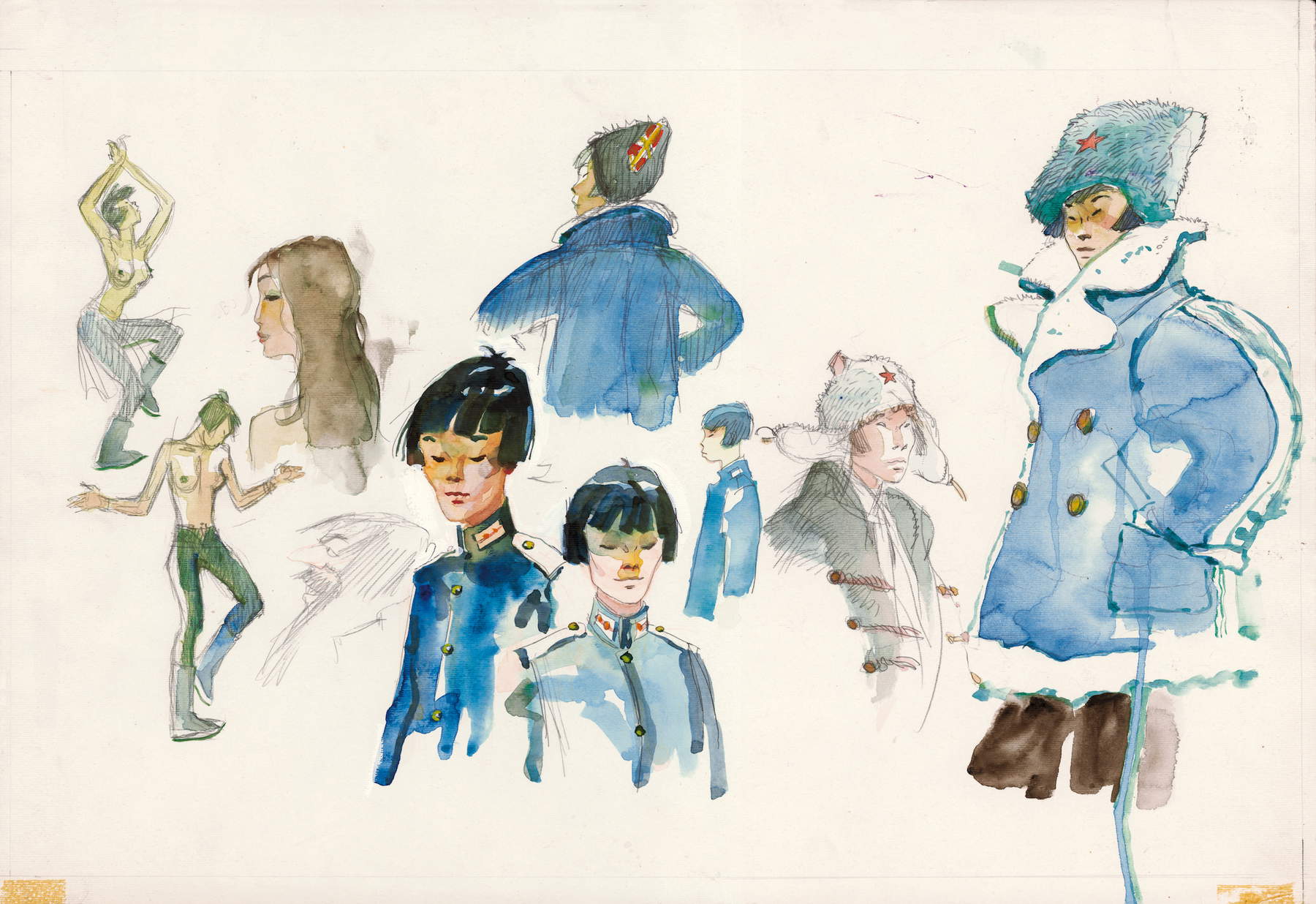
Hugo Pratt, born in Rimini, Italy in 1927, is recognized as one of the world’s foremost illustrators. His strips, graphic works, and watercolors have found their way into major museums around the world, including the Grand Palais and Beaubourg in Paris, the Vittoriano in Rome, Ca’ Pesaro in Venice, and Santa Maria della Scala in Siena. After working as an illustrator and cartoonist between Italy and Argentina, he created the character of Corto Maltese in 1967. His adventures have been translated into numerous languages and have influenced entire generations of authors.
An ad hoc term was created to tell the peculiarity of his stories: “drawn literature.” Among those who have recognized his value are such artists and intellectuals as Tim Burton, Frank Miller, Woody Allen, Umberto Eco, and Paolo Conte. Pratt has lived in various countries-Italy, Ethiopia, Argentina, England, France, Switzerland-pushing himself to travel through almost every corner of the world.
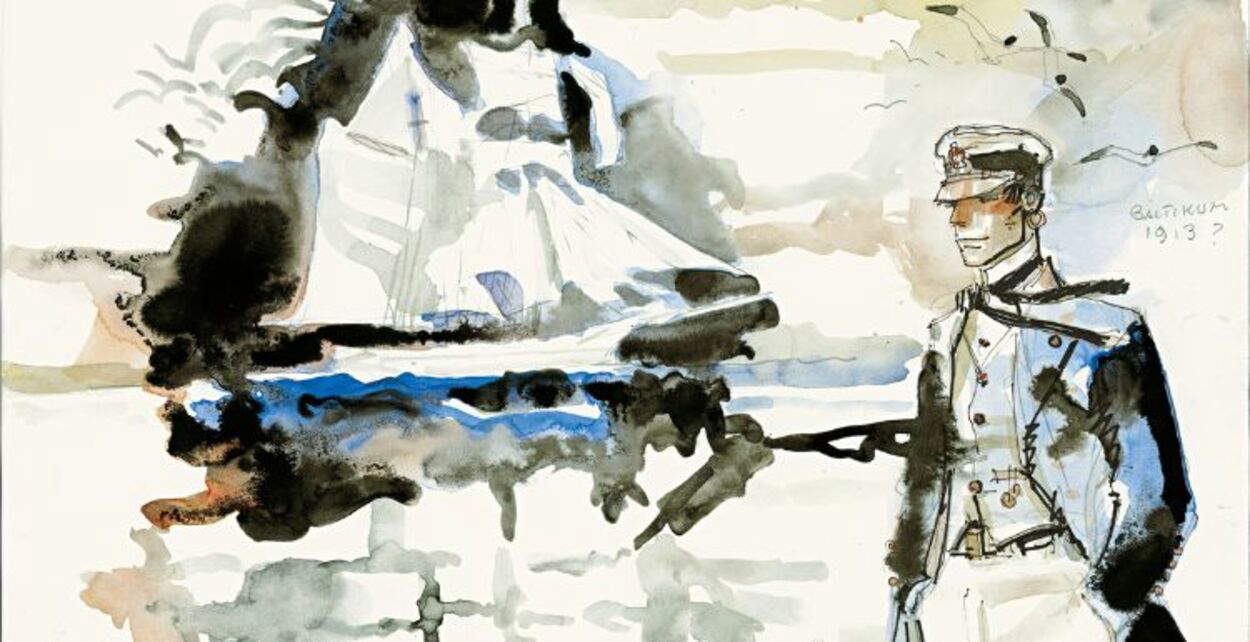 |
| Hugo Pratt, Siena hosts monographic exhibition dedicated to the father of Corto Maltese |
Warning: the translation into English of the original Italian article was created using automatic tools. We undertake to review all articles, but we do not guarantee the total absence of inaccuracies in the translation due to the program. You can find the original by clicking on the ITA button. If you find any mistake,please contact us.